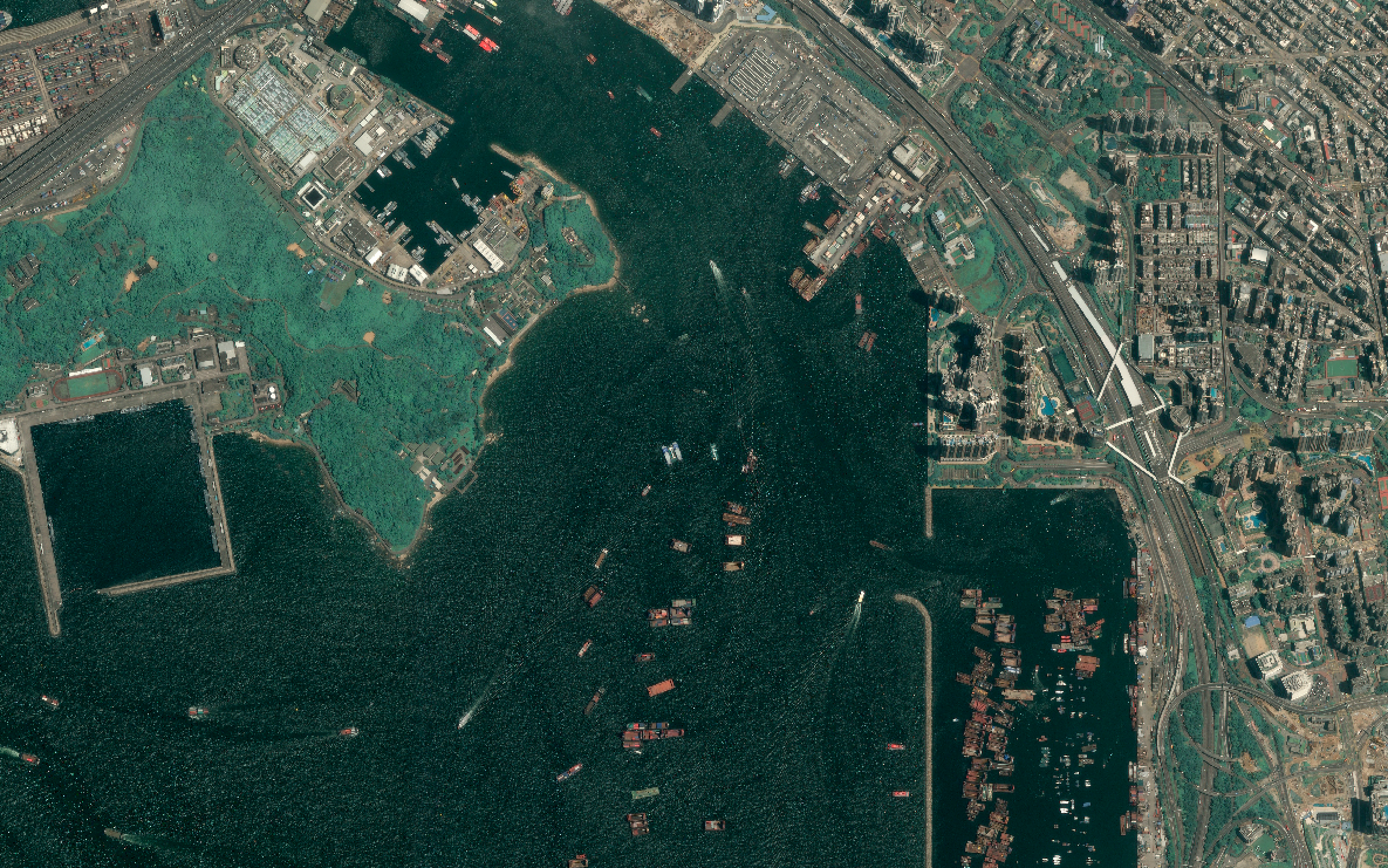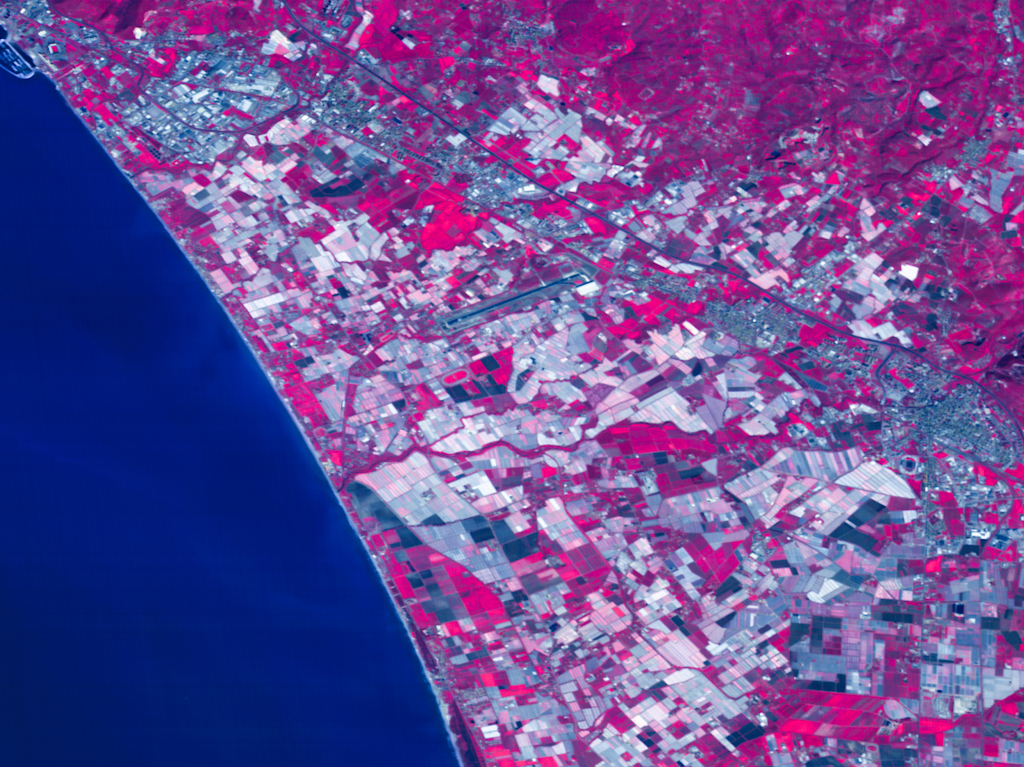Writing an article about the importance of customer success (CS) in our industry isn’t easy: while CS adds tremendous value, most users don’t want to arrive at the need for support.
Besides that, our CS team works on such diverse topics and complex issues that it’s hard to give them the credit they deserve. But we’ll give it a try. To celebrate the launch of our new premium support offering, we spoke with our Head of Customer Success, Julia Ganitševa, to write this article, and she and her team are an absolute pleasure to work with. That goes for whether you’re their colleague, like me, or a potential customer, like you.
The team
Our customer success team is made up of three groups:
- Documentation - responsible for all UP42 documentation, from onboarding and collection information to processing algorithms and API/SDK usage. They also write educational content about geospatial topics, such as acquisition modes, processing levels, revisit rates, and spectral bands.
- Technical support - responsible for solving all kinds of technical challenges, from data access to API or SDK issues.
- Customer success management - works directly with customers to solve business challenges and help them achieve their goals. Some examples include customer success planning, onboarding, enablement, consultations on data selection, support, and execution of complex multi-sensor projects.
Our CS team consists of geospatial experts with deep knowledge of the UP42 platform and extensive experience across multiple industries. While our support is provided in English, our team is multicultural, so it’s sometimes possible in your native language (for example, one of our support engineers is fluent in Spanish). There’s a broad range of reasons that customers might need support.
Typical day-to-day challenges in CS
One of the first and most common challenges customers face is choosing the right data in the first place. As Julia says, “Geospatial data is specialized and complex, and we’ve got a huge variety of it: more than 85 partners, optical versus SAR versus elevation, different processing levels… For someone outside the industry, it’s overwhelming. A lot of work goes into understanding the customer use cases and requirements and finding the optimal data and processing flows for them.”
Another issue is figuring out how to order. Even if a customer knows exactly what they want, it might take extra effort: although we standardize data as much as possible, there are still some nuances. According to Julia, “Some providers are easy to access and the whole process is automated. With others, we need to be more hands-on and talk to them directly to facilitate the successful delivery of the products to the customer. But we take care of it all, so the customer doesn’t need to worry.”
Then there’s the question of tasking a satellite or using archive data: has a customer’s AOI been captured before? And if so, is the data recent enough to be useful? If not, then tasking will be required. For bigger projects with tight deadlines, our CS team will usually coordinate the work across multiple providers.
Even with all of those accounted for, sometimes the team gets unexpected requests. They’re here to assist with all of them, from maximizing the platform’s capabilities to supporting developing custom solutions.
A quick example of a complex project
Imagine you have a complex project with multiple large AOIs and a rapidly approaching due date. Our CS team will work with you to understand the requirements, create a plan, and take over the job of multi-channel provider communication. In some cases, we might adjust your AOIs (e.g., break them down into smaller ones) so that they meet provider requirements, and ensure you’re not charged for extra areas. We’ll also evaluate the tasking period to make sure the deadline is met, and if necessary, split the project across different providers. We’ll then monitor progress and ensure successful completion.
Onboarding & training at UP42
Every customer is different. That’s why we adjust onboarding and training according to your knowledge needs. After an initial consultation, we’ll go over the aspects of the platform that matter the most for you.
Typically, onboarding will cover the following:
- A detailed walkthrough of the UP42 platform, including the catalog, tasking, data management, and processing capabilities
- Specific provider training, as well as training on data types (e.g., SAR)
- Customized sessions according to your industry and use case—for example, if a customer wants to stream data instead of downloading data directly into their GIS of choice, this would enable people on the ground to see the data & processing results directly on their mobile devices and tablets
- Self-serve support through our documentation
The importance of feedback at UP42
Julia says that feedback is extremely important, and taken very seriously by CS. We make sure to ask for feedback during customer meetings. “After every interaction with our technical support team, we send out a satisfaction rating request. We also do regular NPS surveys, and follow up with customers who are interested in sharing more feedback. We ensure that customer feedback reaches our leadership, product, and engineering teams, we act on it wherever possible and, when relevant, integrate it into our product roadmap.”
Future outlook
We’ve recently launched a new premium support offering that includes extended support hours over weekends and holidays, and additional enablement and assistance with critical operations.
What does the future look like? According to Julia, “We’re looking at how we can use AI more to further analyze customer requests, identify gaps, and enhance support through self-service. There are lots of opportunities to better use emerging technologies and we’re excited to see what the future holds.”




